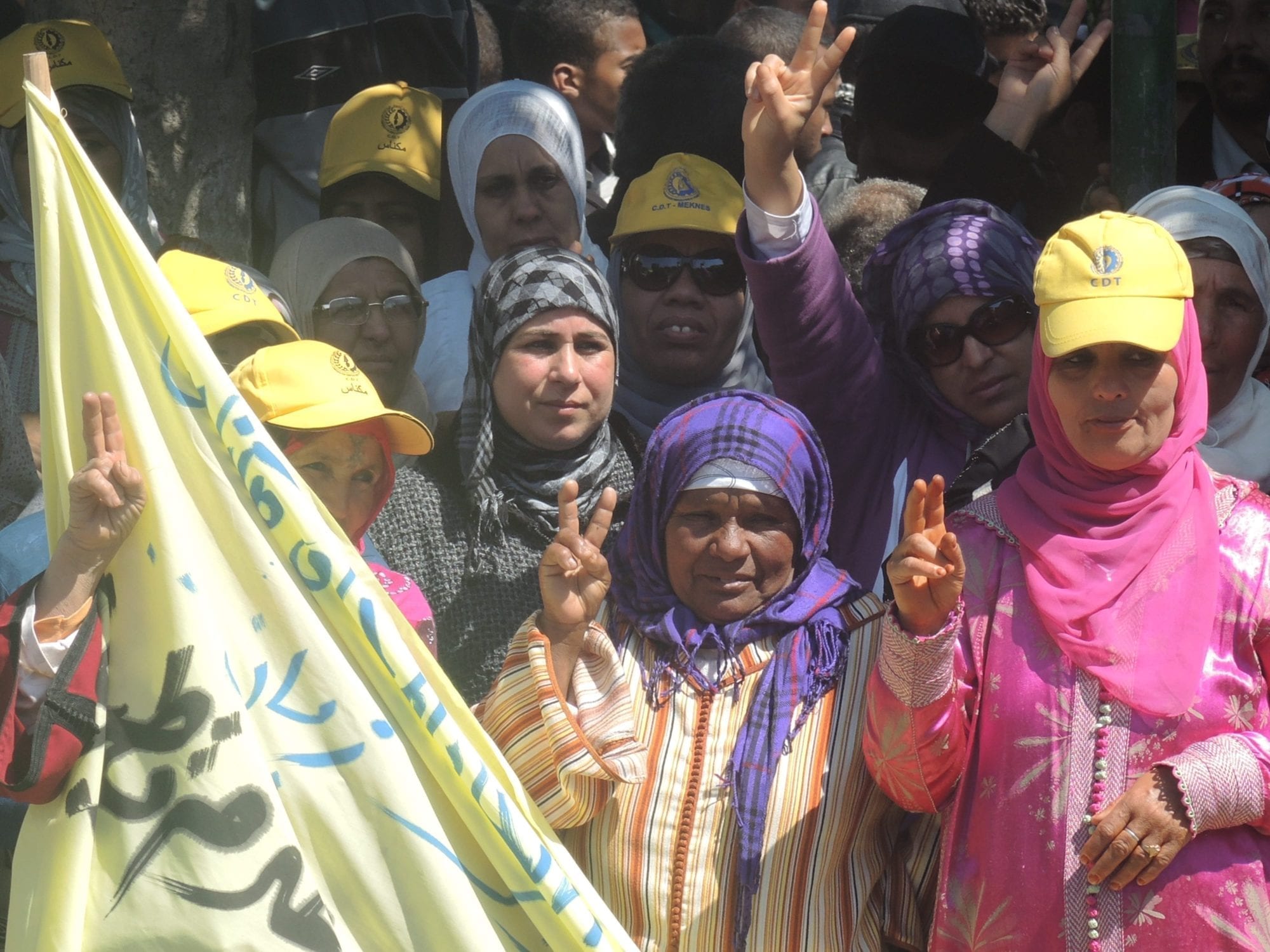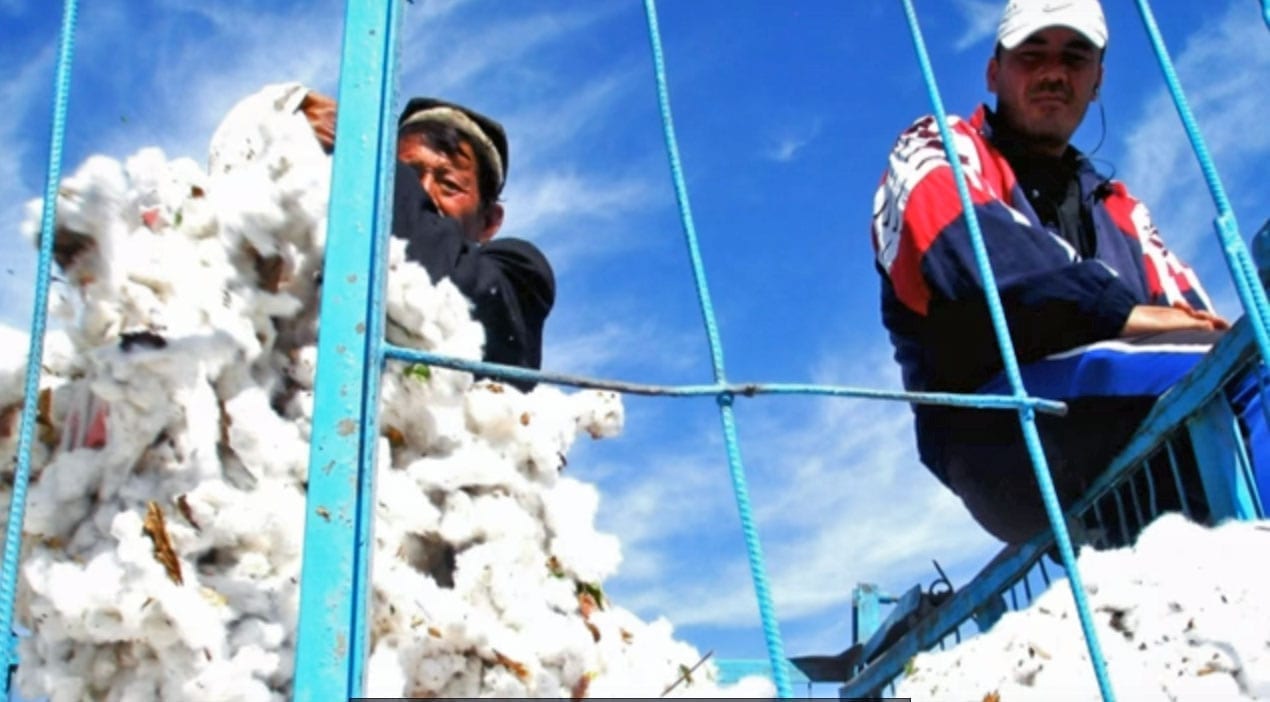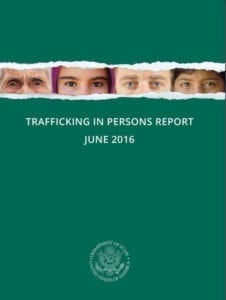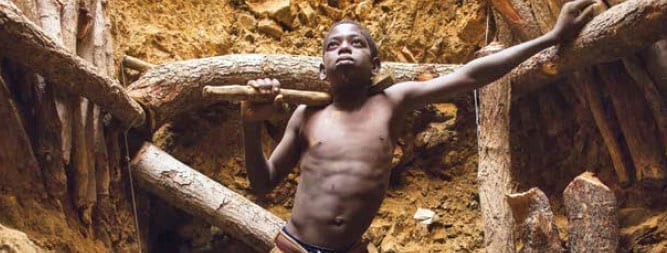
Jan 24, 2017
Decent work, living wages, safe workplaces–these are some of the goals the Solidarity Center envisions for all workers around the world and for which it strives as the largest U.S.-based international worker rights organization, says Solidarity Center Executive Director Shawna Bader-Blau in a recent interview.
Speaking on “Human Rights Heroes,” a podcast sponsored by the U.S. State Department’s Office of International Labor Affairs, Bader-Blau pointed to broad-based human rights workers can achieve when they join together in unions or associations.
“Just in the past 50 years, we can see that every major transition to democracy has had trade unions front and center.”
In Morocco, the Solidarity Center supported more than 1,000 agricultural workers, many with limited literacy and the majority women, who came together to form their first union in export agriculture.
“They sat down with employers they had always been intimidated by and negotiated fair wages, decent work and dignity for the first time,” says Bader-Blau. The workers now have full-time employment, fair wages and safer jobs.
Speaking with podcast host Sarah Fox, outgoing special representative for international labor affairs, Bader-Blau also discussed the landmark freedom of association report produced in October by United Nations Special Rapporteur Maina Kiai; the scourge of human trafficking for labor and forced labor; and the UN’s Sustainable Development Goals, especially Goal 8 on inclusive and sustainable economic growth, employment and decent work for all.
Despite economic growth and reduction of poverty in recent years, says Bader-Blau, “we’ve seen an expansion of inequality within states and between states.”
But with Goal 8, “we will be able to create through good employment the ability to have fair economies and more just societies, when workers every day can go to work and know they will get paid what they are owed and won’t face indignities at work and that they will make family supporting wages.”
Listen to the full podcast here.

Jun 30, 2016
Uzbekistan and Turkmenistan, two countries where forced labor in cotton harvests is rampant, have been downgraded to the lowest ranking in the U.S. State Department’s 2016 Trafficking in Persons Report released this morning. The report also downgraded Myanmar (Burma) but boosted the ranking of Thailand, which a coalition of labor and human rights groups says has not meaningfully addressed human trafficking and should not have been upgraded.
 The report, which ranks countries based on their efforts to fight forced labor and human trafficking, downgraded Myanmar, Uzbekistan and Turkmenistan to the lowest level (Tier 3), meaning their governments do not comply with minimum U.S. Trafficking Victims and Protection Act (TVPA) standards and are not making significant efforts to become compliant.
The report, which ranks countries based on their efforts to fight forced labor and human trafficking, downgraded Myanmar, Uzbekistan and Turkmenistan to the lowest level (Tier 3), meaning their governments do not comply with minimum U.S. Trafficking Victims and Protection Act (TVPA) standards and are not making significant efforts to become compliant.
Each year, the Uzbek government forces more than 1 million teachers, nurses and others to pick cotton for weeks during last fall’s harvest. Last year, the government went to extreme measures—including jailing and physically abusing researchers independently monitoring the process—to cover up its actions.
In 2015, the State Department boosted Uzbekistan from Tier 3 to the “Tier 2 Watchlist,” saying the country was making efforts to become compliant with the TVPA, a move rejected by human rights activists who each year risk their lives to document widespread forced labor during cotton harvests.
Thailand Should Not Be Upgraded
Moving Thailand from the report’s lowest ranking is not warranted, according to a 13-member coalition, the Alliance to End Slavery and Trafficking (ATEST), which includes the Solidarity Center.
“Thailand’s lack of policy implementation and meaningful change on the ground calls for the lowest Tier 3 ranking,” says Kristen Abrams, ATEST acting director.
In June 2014, the State Department downgraded Thailand to the lowest ranking, due to reports of migrant workers, primarily from Burma and Cambodia, working in slave-like conditions on Thai fishing boats, fueling the country’s $7.3 billion seafood export industry and making it the world’s third-largest exporter. Today, many migrant workers still toil in forced labor and are held against their will on the boats where they are beaten and even killed. Thailand’s estimated 3 million migrants make up 10 percent of its workforce, but in seafood processing the make up 90 percent.
In releasing the report, U.S. Secretary of State John Kerry highlighted the plight of domestic workers, many of whom are working in countries far from their homes and are especially vulnerable to exploitation and abuse. Kerry announced the creation of a model contract for domestic workers based on international standards and a memorandum of understanding for origin and destination countries that sets clear standards designed to prevent the abuses of domestic work.
‘Malaysia Has Done Little to Address Trafficking’
This year’s report also fails to fix last year’s controversial upgrade of Malaysia, according to the coalition.
“More than a year after the discovery of mass graves of trafficking victims along the Malaysia-Thailand border, there is little evidence that Malaysia has taken anything more than meager steps to address its troublesome human trafficking situation,” Abrams says.
Among the 27 countries on Tier 3, the lowest ranking, are Algeria, Burundi, Haiti, Russia, Venezuela and Zimbabwe.
Profits from forced labor account for $150 billion per year, according to the International Labor Organization (ILO).
The report organizes countries into tiers based on trafficking records: Tier 1 for nations that meet minimum U.S. standards; Tier 2 for those making significant efforts to meet those standards; Tier 2 “Watch List” for those that deserve special scrutiny; and Tier 3 for countries that are not making significant efforts.
The Trafficking in Persons report, which has been issued annually for 16 years, covers 188 countries and is required by the 2000 TVPA law.

Oct 1, 2015
Karim Sawadogo is young enough to count his age on his hands, but instead he uses them to hack away at the dry, yellow earth in the hazardous mine shafts where he works in Burkina Faso. He has a few memories of what it’s like to be a child in school or at play. “My dream,” he says, “is to make enough money so I don’t have to do this anymore.”
Sawadogo is among 168 million child laborers around the world, 6 million of whom are estimated to toil in forced labor, according to the U.S. Department of Labor’s new report, “2014 Findings on the Worst Forms of Child Labor.” Some 85 million child laborers are engaged in hazardous work, such as digging gold mines and working in agricultural fields sprayed with toxic pesticides, the report states, citing the International Labor Organization (ILO).
Uzbekistan Retains Bottom Rank for Child Labor
Released yesterday, the report measures the commitment and progress made by governments to eliminate the worst forms of child labor—slavery or trafficked labor, bonded and forced labor, exploitive labor, hazardous work, commercial sexual exploitation and involvement in illicit economies. It ranks 140 countries on their progress since the 2013 report was released last October, from “No Advancement” to “Significant Advancement.” The rankings are based on assessments of meaningful efforts made my governments in the areas of laws and regulation, enforcement, coordination, government policies, and social programs.
The 2014 report ranks 13 countries as showing “Significant Advancement,” including seven in Latin America, four in Africa and two in Asia. Madagascar, Paraguay and Thailand increased their assessment level from “Moderate” in 2013 to “Significant” in 2014. Eritrea, South Sudan and Uzbekistan continue to rank at the bottom of assessed countries because of what the report cites as government complicity in forced child labor.
Sub-Saharan Africa again is the region with the highest incidence of child labor. An estimated 59 million children ages 5–17 are engaged in child labor, or more than one in five children in the region. Nearly 29 million of these child laborers are engaged in hazardous work.
Children Bear the Brunt of Trauma from World Crises
The report reflects on the call to action by 2014 Nobel Laureate and long-time Solidarity Center ally Kailash Satyarthi. “Let’s walk together. In the pursuit of global progress, not a single person should be left out or left behind in any corner of the world, from East to West, from South to North.”
Other notable findings from the report include:
- The Ebola outbreak in West Africa affected 5 million children, some of whom turned to work to support themselves or their families during the crisis.
- An estimated 1 million children were killed, injured, kept out of school, or trafficked as a result of the massive April 2015 earthquake in Nepal.
- Approximately 75 percent of school-aged Syrian refugees in Turkey were not enrolled in schools, making them vulnerable to forced labor and exploitive work.
The State Department this year released an accompanying app, Sweat & Toil: Child Labor, Forced Labor, and Human Trafficking around the World. Users can access a comprehensive database on child labor, searchable by country, goods, or exploitation types. “This report and the new mobile app are intended as practical tools,” says Deputy Secretary of Labor Christopher Lu, “to identify the problem and help governments around the world firm up the foundations of such protections, so that children don’t fall through the cracks.”



 The report, which ranks countries based on their efforts to fight forced labor and human trafficking, downgraded Myanmar, Uzbekistan and Turkmenistan to the lowest level (Tier 3),
The report, which ranks countries based on their efforts to fight forced labor and human trafficking, downgraded Myanmar, Uzbekistan and Turkmenistan to the lowest level (Tier 3),